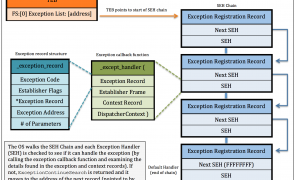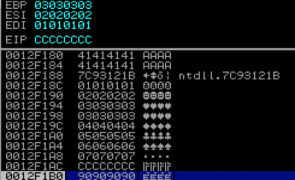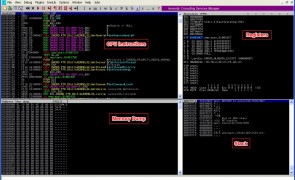Windows Exploit Development – Part 6: SEH Exploits

Introduction The buffer overflow exploits covered so far in this tutorial series have generally involved some form of direct EIP overwrite using a CALL or JMP instruction(s) to reach our shellcode. Today we’ll take a look at a different approach using Windows Structured Exception Handling (SEH). Before I begin explaining the basic mechanics of Windows Structured Exception Handling (as it’s implemented in an x86, 32-bit environment) it bears mentioning that…
Read more...Windows Exploit Development – Part 4: Locating Shellcode With Jumps
are closed

Overview In Parts 2 and 3, we built and improved upon an exploit for ASX To MP3 converter. Even though it had it’s flaws, as far as exploits go, it was pretty straightforward — direct EIP overwrite with a jump directly to a register that pointed to our shellcode. Things aren’t always that easy. Quite often you have to do a bit more work to get the application to execute…
Read more...Windows Exploit Development – Part 1: The Basics
are closed

Overview Welcome to Part 1 of a series of posts on Windows Exploit Development. In this first installment I’ll cover just the basics necessary to understand the content of future posts, including some Assembly syntax, Windows memory layout, and using a debugger. This will not be a comprehensive discussion on any of these topics so if you have no exposure to Assembly or if anything is unclear after you read…
Read more... Security Sift
Security Sift
are closed